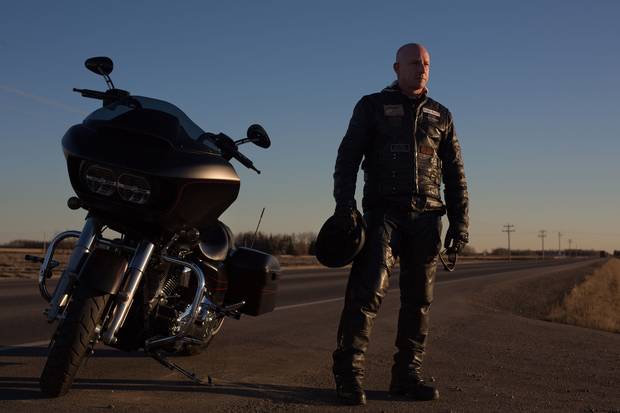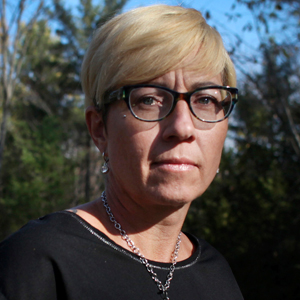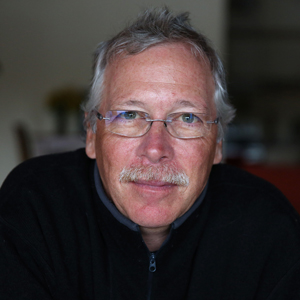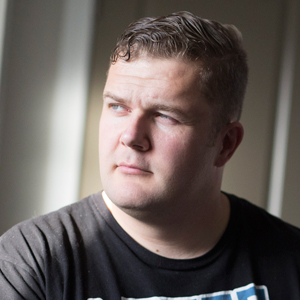This article is part of The Unremembered, a Globe and Mail investigation into soldiers and veterans who died by suicide after deployment during the Afghanistan mission.
On Remembrance Day last year, before more than 1,000 people at the Royal Canadian Legion in Wetaskiwin, Alta., a nervous Russ Lee walked toward the microphone. A provincial sheriff in the small Alberta community and a former soldier, he had never before talked publicly about his time in Afghanistan or his struggles since. But the mounting suicides of Afghanistan war veterans had spurred him to open up.
"Today, I want to speak to you about war, but not the type of war you may be thinking of," the retired corporal told the crowd of residents and uniformed men and women. "Today, I want to speak to you of the war that our members of the Canadian Forces fight when the combat mission is over, the war that is fought inside of us."
Mr. Lee, 40, is still fighting that war, 14 years after returning from the front lines. But it is a war that he is in control of now: His nightmares no longer keep him from sleeping, and unexpected triggers, such as the smell of diesel fuel, don't paralyze him like they used to or send him into a fury. Through therapy and church, long motorcycle rides and perseverance, he has learned to cope with post-traumatic stress disorder and step away from suicide's edge. Healing is possible, he said. PTSD is not a death sentence.
"It's not easy. And the road map for every person is going to be different. But it's important to realize that you're the master," he said over dinner at a busy south Edmonton restaurant in May. "You can decide to let the disorder kill you and hold you down … or you can choose to be the person who learns from the disorder, learns how to control it, and gets stronger from it."
The son of English immigrants, Mr. Lee was among the first Canadian troops sent to Afghanistan. Based at CFB Edmonton, he was a supply technician who specialized in biological and nuclear decontamination. He joined the army when he was 23 after spending his youth in the cadet program. He was looking for a decent-paying career that didn't require heading to postsecondary school.
He had been told it would be a few years before he got the chance to deploy overseas. But then the Sept. 11 attacks happened and the Canadian military began preparing for war. Mr. Lee arrived in Afghanistan in February, 2002, attached to the 3rd Battalion of the Princess Patricia's Canadian Light Infantry. He was excited to be there.
But as the months and bloodshed wore on, the brutality of war set in and left deep scars. There were kids with missing legs using AK-47 assault rifles as a crutches. Grave sites were everywhere. Mr. Lee recalls watching dogs pick away at one stone-covered grave and pulling out an arm.
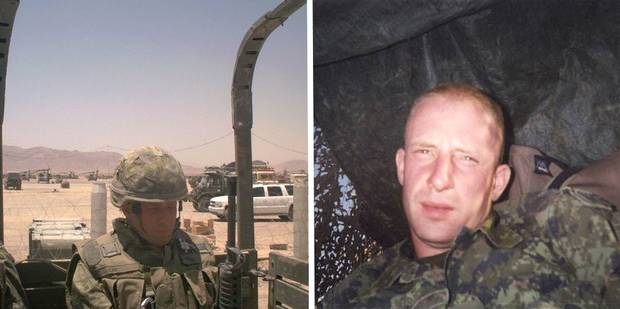
Mr. Lee deployed to Afghanistan in February, 2002. He worked as a supply technician.
Photo courtesy Russ Lee
Canada's first Afghanistan war casualties occurred during the tour. Four soldiers were killed and eight were wounded when an American fighter pilot mistakenly released a laser-guided bomb while the Canadians performed a nighttime firing exercise at the old al-Qaeda base of Tarnak Farm. The tragedy devastated the Canadians. Mr. Lee became depressed and angry and struggled to sleep. All he could think about was going home.
When home finally came in August, 2002, it didn't offer the relief he expected. His short temper got shorter, he could barely sleep, and loud noises terrified him. While at the Edmonton Valley Zoo one day with his fiancée, he suddenly froze, the colour drained from his face, and he started sweating. Lucy, the elephant, had kicked hard at her door. To him, it sounded like incoming artillery.
Driving on Edmonton roads was also difficult. There were times he felt as if he was back in Afghanistan. He recalls angrily jumping out of his car at a red light to confront the driver behind him, because he thought he was being followed. "I was wound so tight," Mr. Lee said. "I was ready to pull this guy through the driver-side window of his car. I had lost my mind."
A child was in the back seat. The shocked look on the child's sweet face snapped Mr. Lee out of his rage.
Military doctors at the Edmonton base diagnosed Mr. Lee with depression a few months after his return and told him they suspected he had PTSD. He brushed off the suggestion: PTSD wasn't a diagnosis he was ready to hear. The young soldier had an image of what PTSD looked like: A 40-year-old unemployed alcoholic, sitting alone in his house, surrounded by empty beer cans and bottles, "just existing, until he didn't exist any more."
Mr. Lee was given antidepressants and medication to help him sleep, but the pills made him feel like a zombie. His relationship disintegrated and he stopped communicating with his family. He was in a haze, and losing touch with reality.
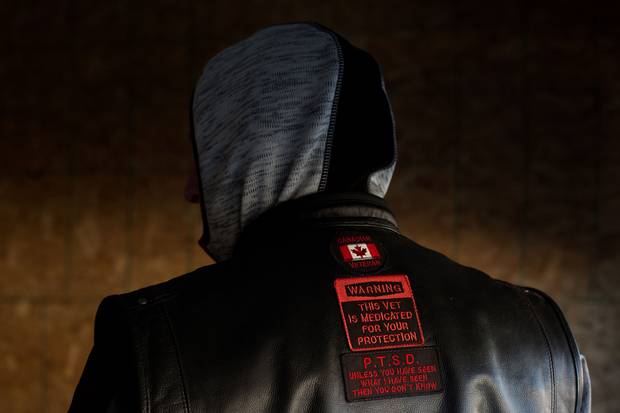
Mr. Lee’s jacket says “Warning: This vet is medicated for your protection. P.T.S.D.: Unless you have seen what I have seen then you don’t know.”
Amber Bracken for The Globe and Mail
One day in 2003, he's not sure when, city and military police knocked on his apartment door. He hadn't showered for four to five days and his apartment was littered. He was supposed to be at work, but hadn't been there for a week. The police took him to the base, where he was ordered to see the doctor.
Inside the medical office, Mr. Lee recalls that an imaginary pill was placed in front of him. "Russ," the doctor said, "if you took this pill, you'd die right now. What would you do?" The broken-down soldier didn't hesitate: "I'd kill you for that pill."
The doctor adjusted his medication, but Mr. Lee's suicidal thoughts re-emerged after a few months. Desperate for help, he asked to be checked into a hospital.
The first hospital left him alone for two days; a frustrated Mr. Lee checked himself out. At the second hospital, he met a mental-health doctor who listened. The specialist spent several hours a day with Mr. Lee during his two-week stay and introduced him to PTSD coping techniques. He was finally ready to accept that he had the trauma disorder.
Mr. Lee is thankful he never turned to alcohol or drugs to numb his pain, because grappling with an addiction would have made recovery tougher. He found his way back through therapy, not pills. He believes the Canadian Forces is overly reliant on medication to treat PTSD.
Medically released from the army in October, 2004, Mr. Lee continued with therapy and found work, first with his ex-fiancée's father and then with the Commissionaires, a security company that has made hiring veterans a priority. In 2008, he became a provincial sheriff, which is a sworn peace officer in Alberta. Mr. Lee's duties include monitoring highways for speeders and dangerous drivers and responding to traffic accidents.
He has setbacks, such as when he attended a horrific fatal crash in 2010 and when he recently lost a military friend to suicide, but he has stayed on the long road to healing
On last Remembrance Day, Mr. Lee received a standing ovation after he spoke, but he was too nervous to notice. Dressed in a blue suit with a red poppy on his lapel, the slender, tattooed sheriff ended his speech with this plea: "Today remember the fallen, but also remember the ones that are still here. They may still be at war."
More from The Unremembered project
